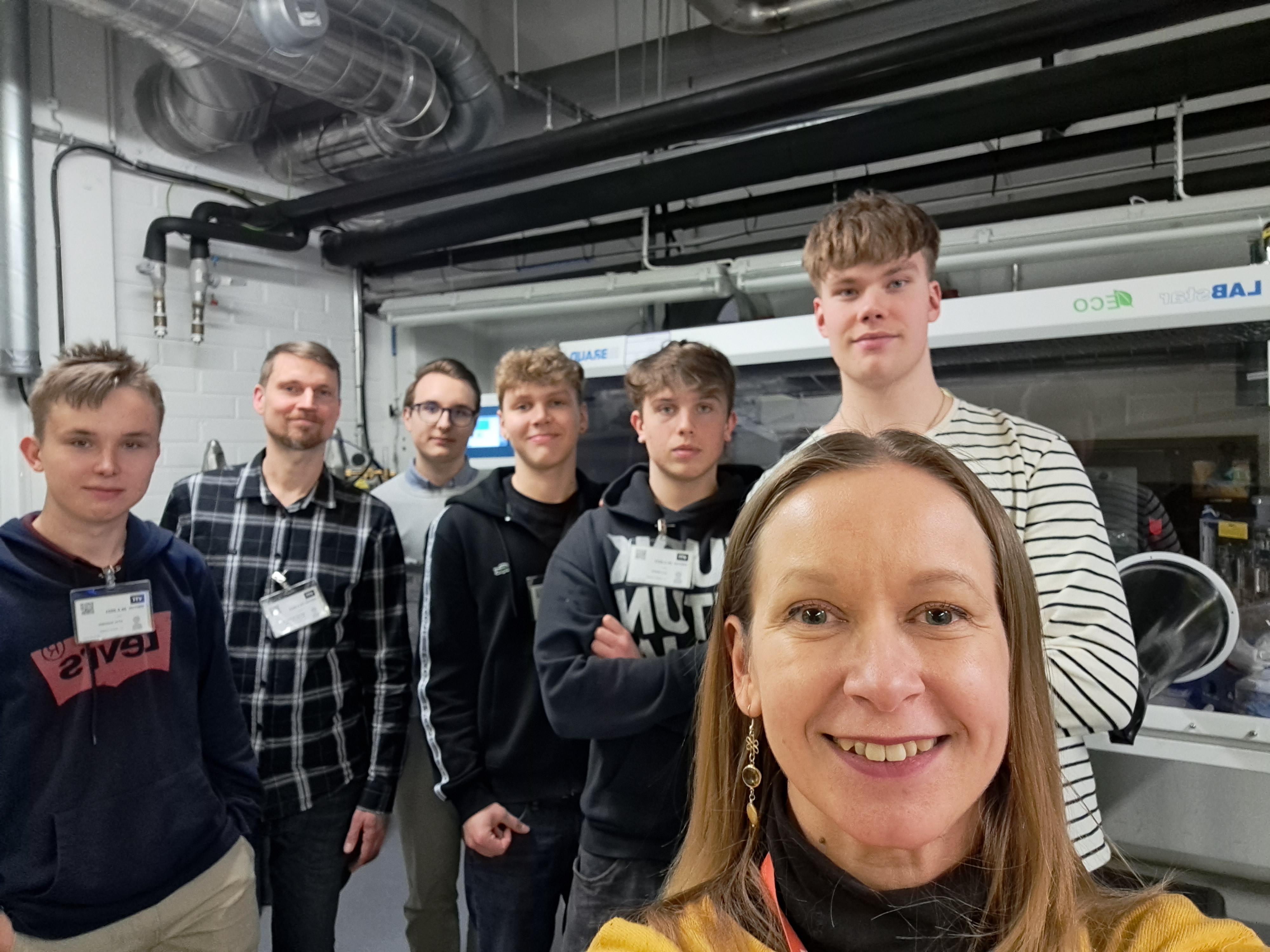Education and engaging students
How to engage students to study topics that are linked to energy storage? And, how to ensure that also people who are not students anymore have possibilities to learn such topics? These are the questions that are considered throughout Europe. Education activities in the battery field are a cross-cutting topic for example in the BEPA and Batteries Europe activities, and in the Battery 2030+ initiative. The message from industry is also that there is a huge need for skilled workforce in the battery field, now and in the future too.
Sharing easy to understand information about batteries and thus helping newcomers in the field was also one of the reasons I started this blog. I’m still learning at the same time too and sharing the learnings along the way.
Connect with students
As I’m not a teacher, I don’t meet many students in my daily work. However, I have tried to find opportunities to engage with students and share especially practical examples about where batteries are needed and how we can solve some of the biggest challenges in clean energy production with them.
This week I had the possibility to invite high school students to our battery labs at VTT, which was great! At least I was not aware of possibilities in the energy storage field when I was selecting what to study. Thus, I did my best to introduce this field to our visitors, who you can see in this image in front of our glove box.

However, as only five students were interested to visit us and note that there were no girls in the group, I think we still have some work to do in advertising this field to the high school students. But I’m anyway super happy that these people came and will hopefully spread the word 😊
I also have friends and colleagues at universities, and it has been thus possible to give visiting lectures to university students. I remember when studying physical chemistry, the very first mandatory courses did not give me very clear information about where this knowledge can be used. (Luckily, I anyway chose to continue those studies as my minor, which has now become useful 😊.) So, again, I try to support the more fundamental studies at universities by sharing stories from my ongoing projects, information about use cases and future needs for energy storage. The fundamentals are a must, of course, but I hope my stories will help the students to see where they could utilise this knowledge in future.
Connect with teachers
One way to connect with a larger group of students is to share information with teachers. Last week I got an opportunity to do exactly this, as I was giving a talk in an event called “GO-OPE-GO” (Ope = teacher in Finnish). In this picture, I’m explaining that we need people with different education and background in the energy storage field. Starting from electrochemists, and people with knowledge in electronics, physics, modelling, business, communication and many more. Thus, there is no single route to this field.

Open access online lectures
What has especially helped me, and I think many other researchers, are the online lectures about energy storage topics. One positive effect of COVID was that there are now much more online education possibilities available. I would like to highlight especially the great excellence seminars by Battery 2030+ and the recorded online courses e.g., about self-healing batteries and the basics on Li-ion batteries. Check also the Battery 2030+ education main page for general information about education possibilities in the battery field.
Message to the young
There has been a lot of news that many people, especially young, have anxiety about the future and the climate change.
My message to young people, who might be afraid of how the future will look like, is the following: We have the tools to build a greener future, we need your help in building it, and we will help you to learn how to do it. We do not have all the answers, but we trust that we can find them when we work together.